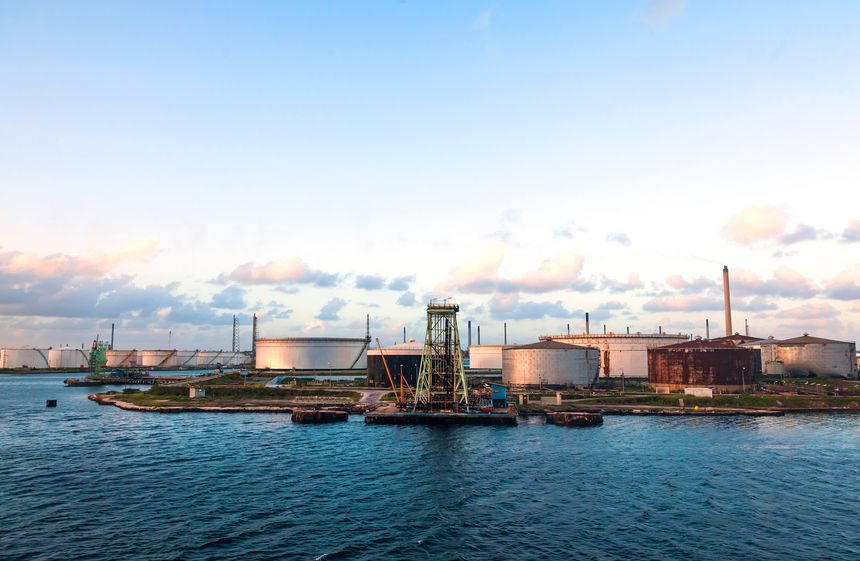In their latest sustainability disclosures, oil giants like Aramco, ExxonMobil, and Chevron are offering a clearer view into how the energy transition is reshaping the sector.
- Aramco maintains its net zero ambition for Scope 1 and 2 emissions across its Permian operations by 2030, with a broader 2050 goal on the horizon. Its recent data shows modest rises in direct emissions (Scope 1 and 2 up 1.8 percent), while upstream methane emissions have fallen by 11.4 percent, despite a slight increase in energy intensity. The company is investing in AI-driven carbon monitoring, carbon capture infrastructure, blue hydrogen, and has acquired over a million tons of carbon credits, highlighting a tech-forward approach to decarbonization.
- ExxonMobil continues pushing toward net zero for its operating emissions by 2050, including interim targets to reduce methane, flaring, and overall carbon intensity. Its low-carbon division is growing, backed by investments in hydrogen, biofuels, and carbon capture technologies. These efforts reflect a strategic bet that low-carbon solutions will one day rival its traditional oil and gas business.
Across the industry, these disclosures reveal a few major trends. First, oil and gas producers are no longer approaching decarbonization solely through efficiency measures; they are actively building out low-carbon energy portfolios, including hydrogen, biofuels, and carbon capture. Second, the use of digital tools like AI for emissions tracking signals a push for more accurate data and transparency. Finally, the willingness to set interim targets alongside long-term net zero goals reflects growing pressure from regulators, investors, and customers for measurable progress rather than distant pledges.
How This Compares to Emerging Best Practices
Compared with emerging best practices across the energy sector, the oil majors’ efforts represent a meaningful but incremental shift. Leading utilities and renewables companies are pairing emissions targets with rapid buildouts of solar, wind, and energy storage at scale, often backed by science-based targets and third-party verification. Industrial firms in hard-to-abate sectors are piloting carbon capture hubs, hydrogen clusters, and circular economy approaches to accelerate decarbonization.
The oil majors’ focus on digital emissions monitoring, carbon capture, and low-carbon fuels aligns with these trends but also shows the complexity of transforming legacy operations. Where some sectors can pivot quickly, oil and gas companies face the challenge of balancing energy security, shareholder returns, and long-term climate goals. As a result, the pace of change may vary, but the direction of travel—toward integrated, lower-carbon energy systems—is now unmistakable.
For more information on how Intertek can help with your energy transition visit us at https://www.intertek.com/caleb-brett/












/Passle/5e4a7839abdfeb03584d01f6/MediaLibrary/Images/2025-06-25-17-17-14-125-685c2f1a940174cbf0e71bc1.jpg)
/Passle/5e4a7839abdfeb03584d01f6/MediaLibrary/Images/2025-11-25-05-57-22-573-6925454267604d05511d59b1.jpg)
/Passle/5e4a7839abdfeb03584d01f6/SearchServiceImages/2025-11-11-16-46-57-624-691368813071ba9adf66613a.jpg)
/Passle/5e4a7839abdfeb03584d01f6/SearchServiceImages/2025-11-25-17-33-41-876-6925e875600f673af5ec9561.jpg)
/Passle/5e4a7839abdfeb03584d01f6/SearchServiceImages/2025-11-24-20-14-24-395-6924bca08d2aeed1c679fed9.jpg)